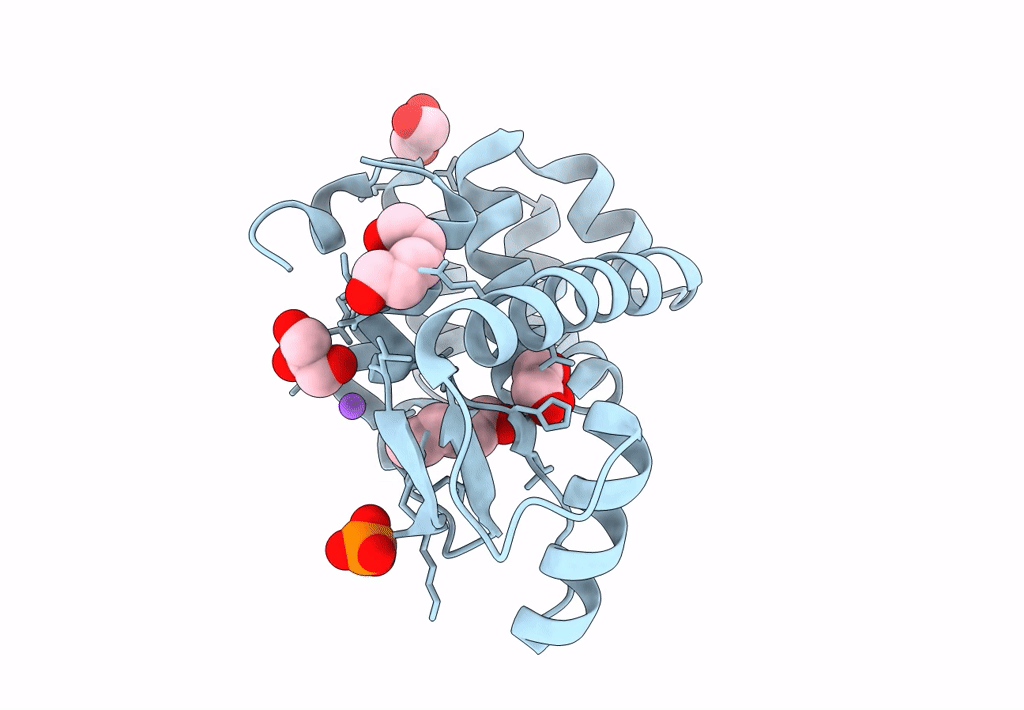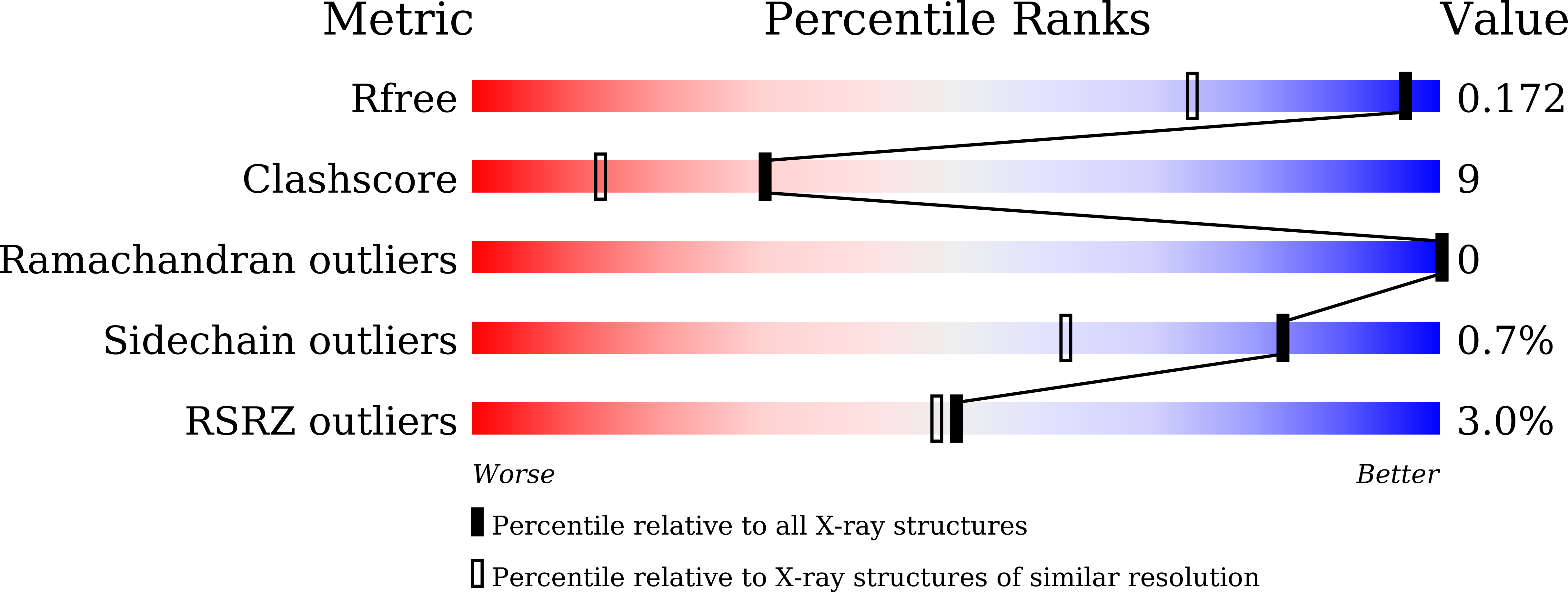
Deposition Date
2022-03-30
Release Date
2023-03-22
Last Version Date
2024-11-13
Entry Detail
Biological Source:
Source Organism:
Escherichia virus T4 (Taxon ID: 10665)
Host Organism:
Method Details:
Experimental Method:
Resolution:
1.30 Å
R-Value Free:
0.17
R-Value Work:
0.15
R-Value Observed:
0.15
Space Group:
P 32 2 1


